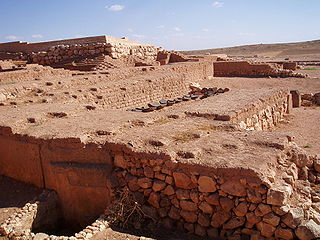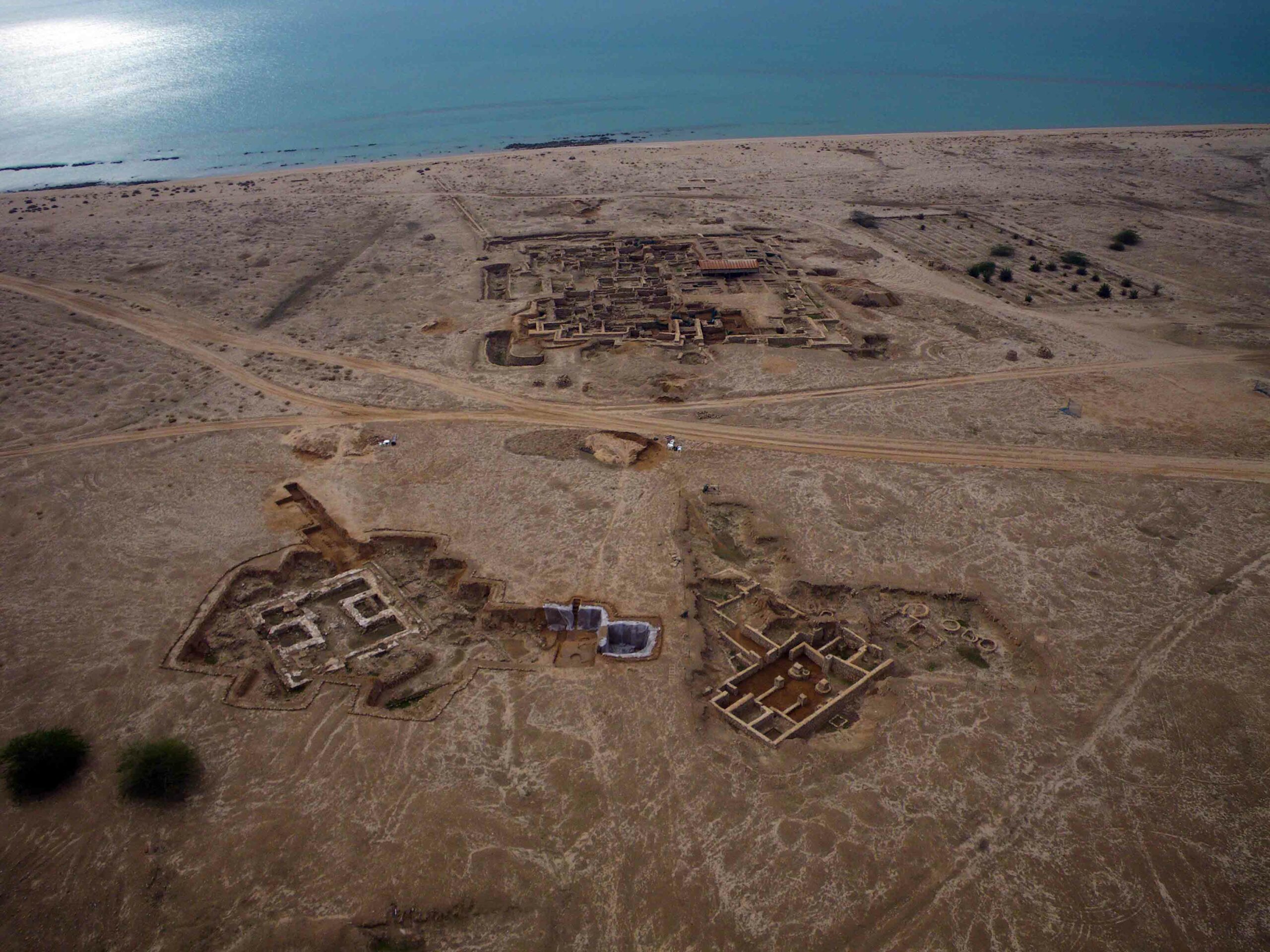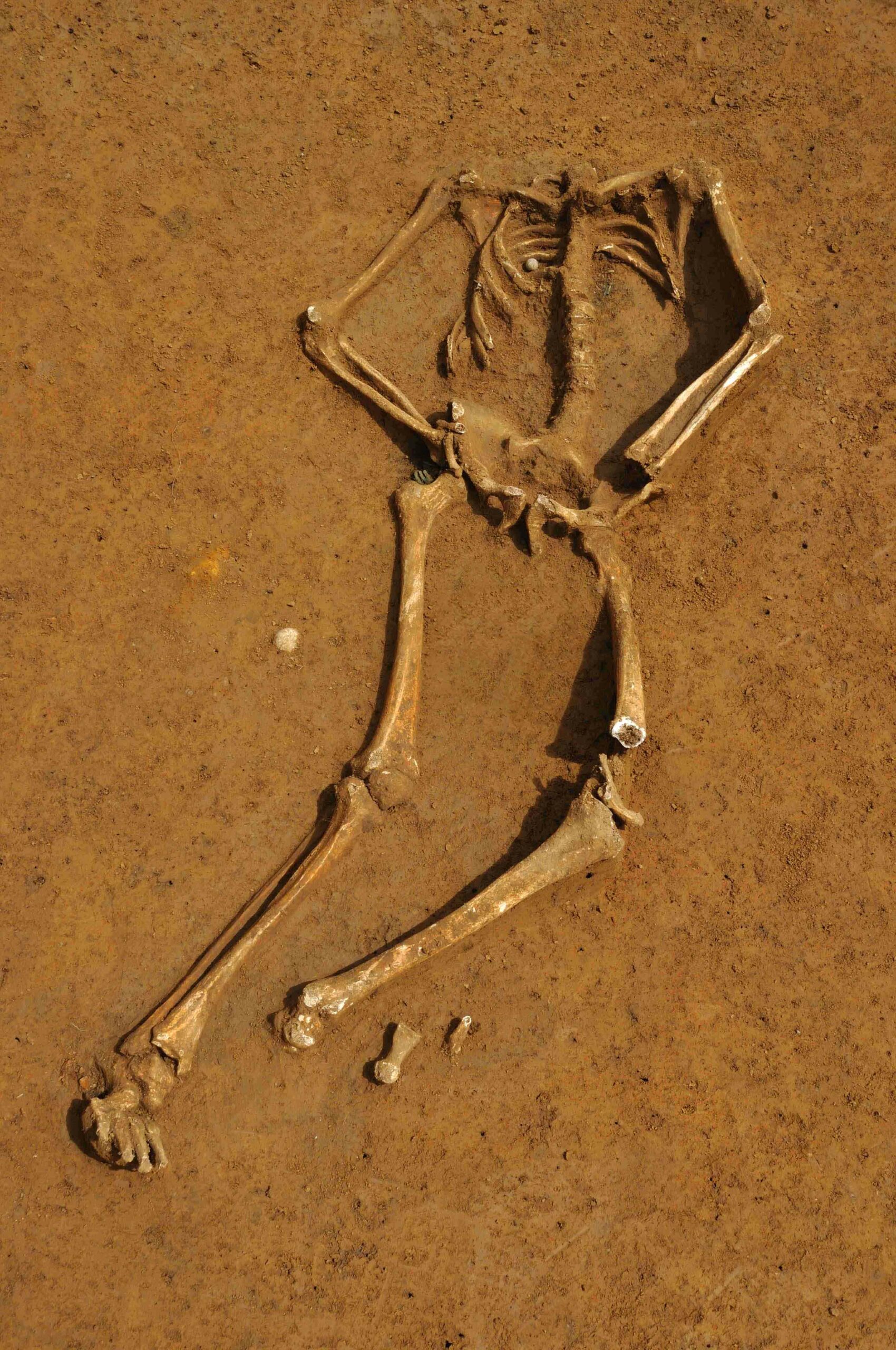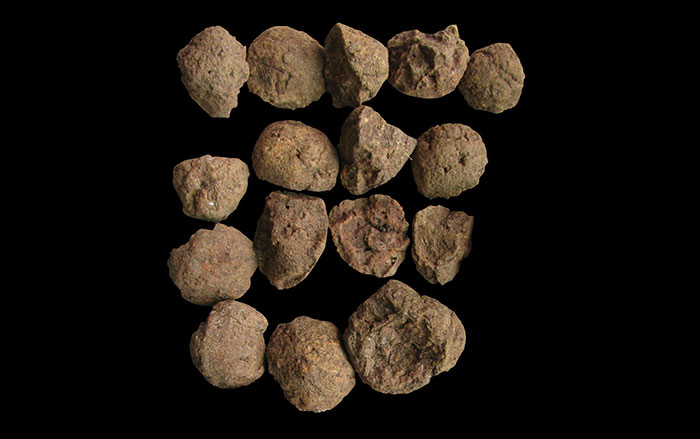
TELL MARDIKH, SYRIA—The fortified city of Ebla was first built 5,000 years ago because of the military value of its location. That location makes it attractive to modern fighters as well, but today’s soldiers bring vehicular traffic, construction projects, bunkers, open latrines, graffiti, and firepower, all of which cause damage to fragile ancient remains. Ebla is now used by anti-government fighters to watch for passing government military planes. The men have dug tunnels in previously untouched sections of the mound. Local children look for artifacts and people carry away dirt for building ovens. “A whole civilization belonging to all humanity is being destroyed,” commented Italian archaeologist Paolo Matthiae, who found an archive of 16,000 cuneiform tablets during his excavations of Ebla in the 1960s and 70s.










